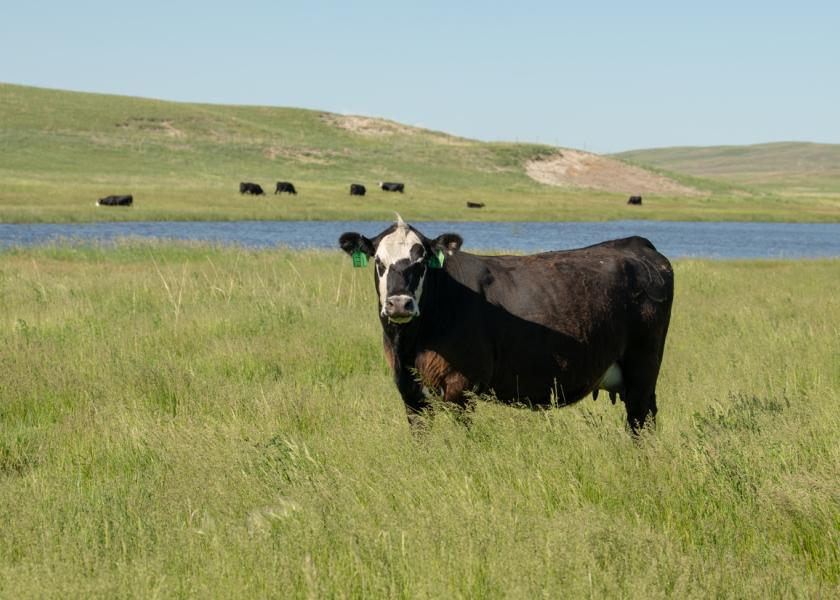Will you Capitalize on Increasing Cow Value?

What a difference a year makes when it comes to cow prices! Whether it is weigh up cows at $1.10 per pound or young bred heifers and cows pushing $2,500 - $3,000 per head, the recent rise in prices has been dramatic. Many cow-calf producers will sell calves this fall and make a solid profit. For areas that have received rain and forage is available, this will encourage retaining of heifers and the rebuilding of cowherds that have been reduced due to drought. The motivation of many will be to keep and acquire as many bred cows as possible to produce more high dollar calves.
One of the possibilities current market conditions present is the opportunity for cow-calf producers to capitalize on increasing cow value. Young and middle aged, bred cows are in high demand by the market. Is there an opportunity to sell bred cows in the next two to three years and capitalize on these strong cow prices? What is the estimated depreciation that will occur with current 4, 5 and 6-year-old cows in the herd over the next two to three years based on their expected market value as a bred cow this fall and winter? When the projected cost to carry those cows is calculated with expected deprecation, death loss and interest, will anticipated calf prices cover those costs and still make a profit? What will it look like if the market should decline?
Selling home raised bred cows offers the opportunity to take full advantage of the fact that all income from those cow sales is taxed as capital gains income. When raised heifers and cows intended for breeding purposes are sold and they are older than two-years of age, those sales are taxed at a capital gains rate. For females that were bought, only the appreciated value above the purchase price qualifies as capital gains income. The reduced tax rate on capital gains income can be a significant advantage when compared to calf or yearling sales which are taxed as ordinary income.
For a married couple filing jointly in 2023, the federal tax rate is 0% on capital gains income up to $89,250 and it is taxed at 15% for income from $89,251 - $553,850. Also, there is no self-employment tax on capital gains income which is 15.3% on ordinary income. The tax rate on ordinary income is 10% up to $22,000, 12% for income from $22,000 to $89,450 and 22% for income from $89,450 to $190,750. These tax rates are reduced by 20% if the income qualifies for the “Qualified Business Income Deduction.” Visit with your tax accountant for more information on this.
For $150,000 of taxable net income after deductions from ordinary cattle sales, a ranching couple treated as a sole proprietorship would owe approximately $38,000 in federal taxes and self-employment tax. If the taxable net income were from capital gain sales, the couple would owe approximately $9,000 in taxes. This is a difference of $29,000! If you are a cow-calf producer and are thinking of retiring, present high bred cow prices, capital gains tax rates and current tax laws may make this an attractive time to exit the business.
So, what is the point? A conversation with your tax accountant may be warranted as marketing strategies and plans for this fall and winter as well as the next few years are evaluated. Examining opportunities to take advantage of high cow prices by selling more bred cows and simultaneously retaining more heifers could reveal ways to take advantage of the capital gains tax rate which allow for more of the money generated from cattle sales to be kept in the producer’s pocket. Selling home-raised bred cows that may be approaching their cyclical peak in market price and having that income taxed at a capital gains rate rather than as ordinary income could be a significant wealth building advantage! Selling home raised bred cows when prices are high and replacing them with home raised heifer calves could be profitable in the near term for the cow-calf business.







